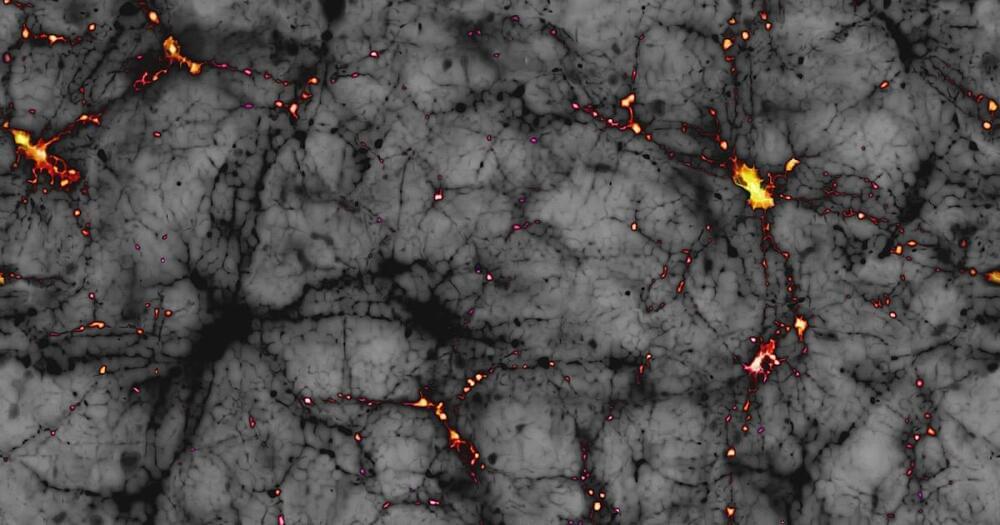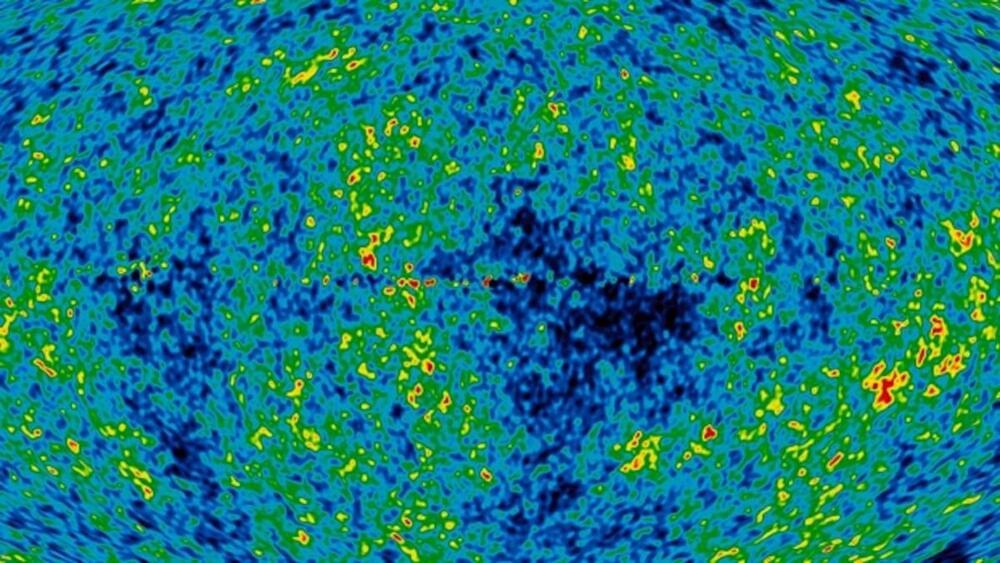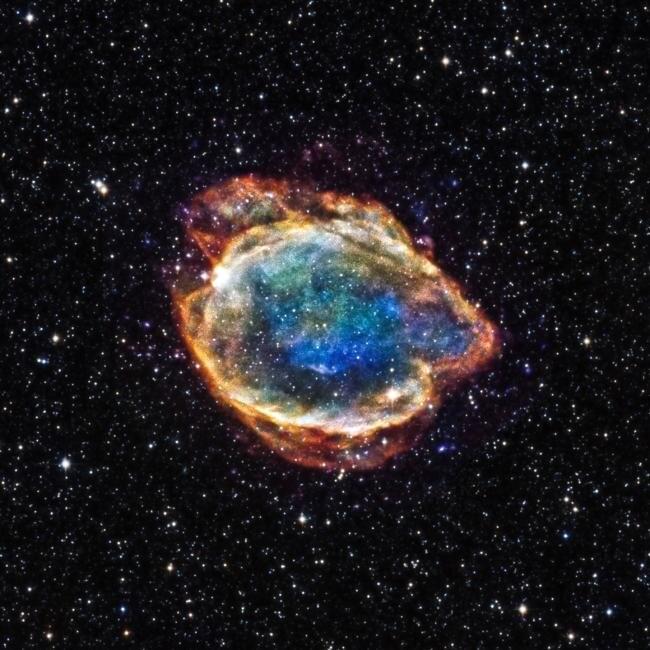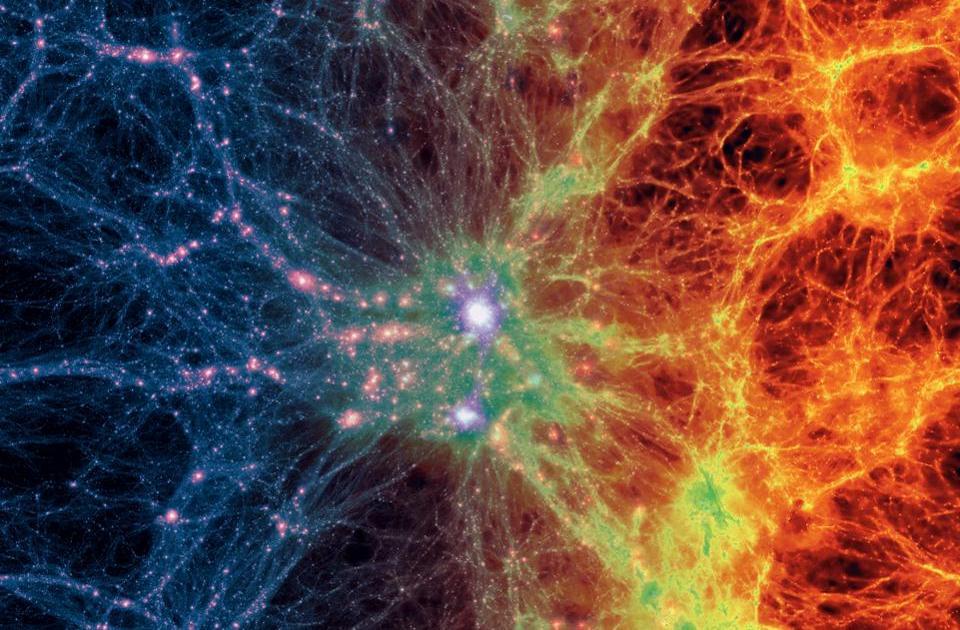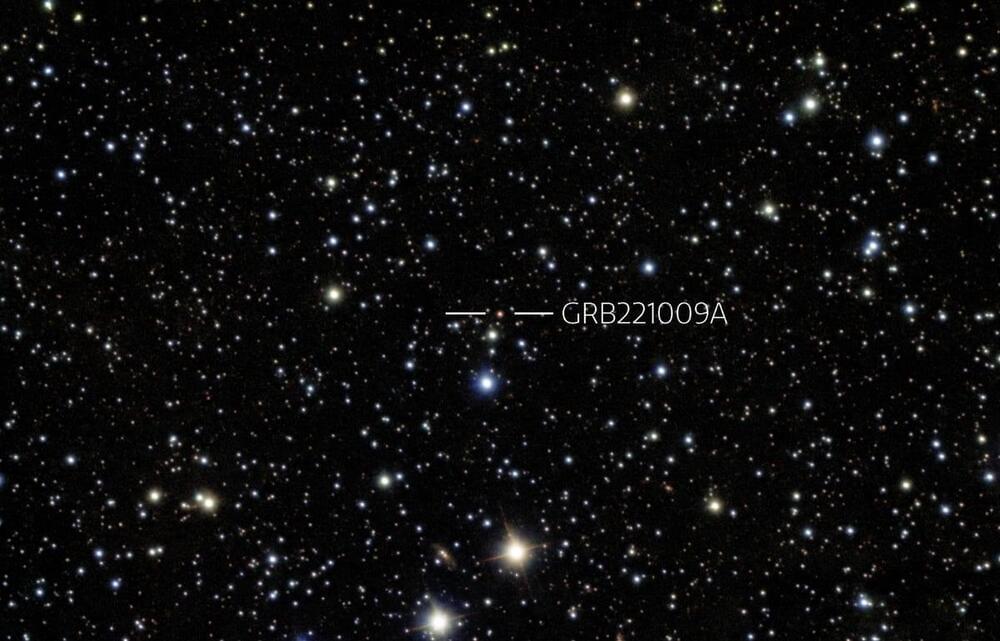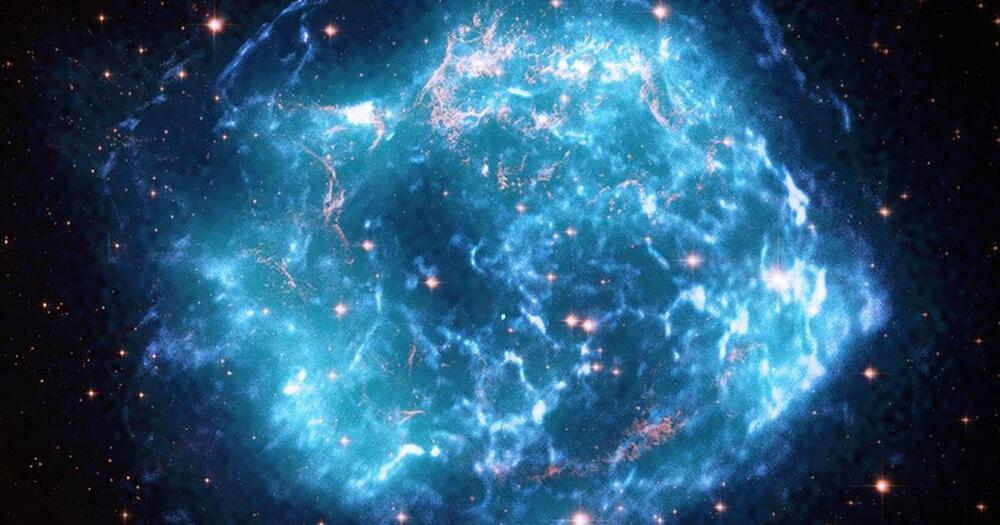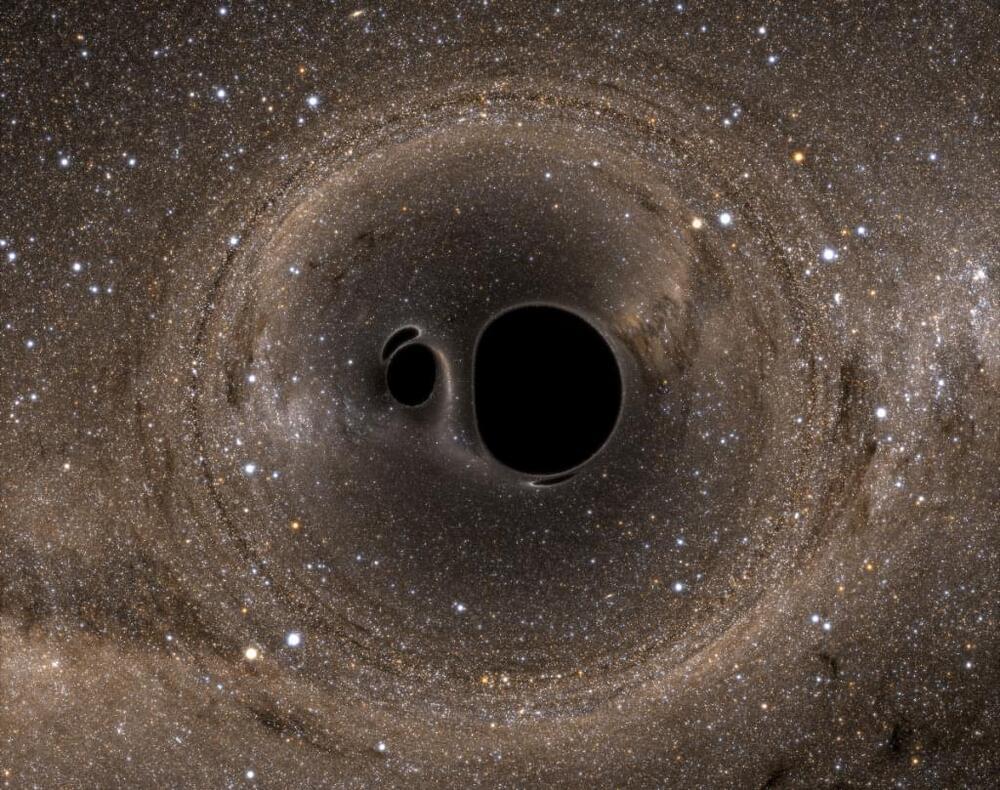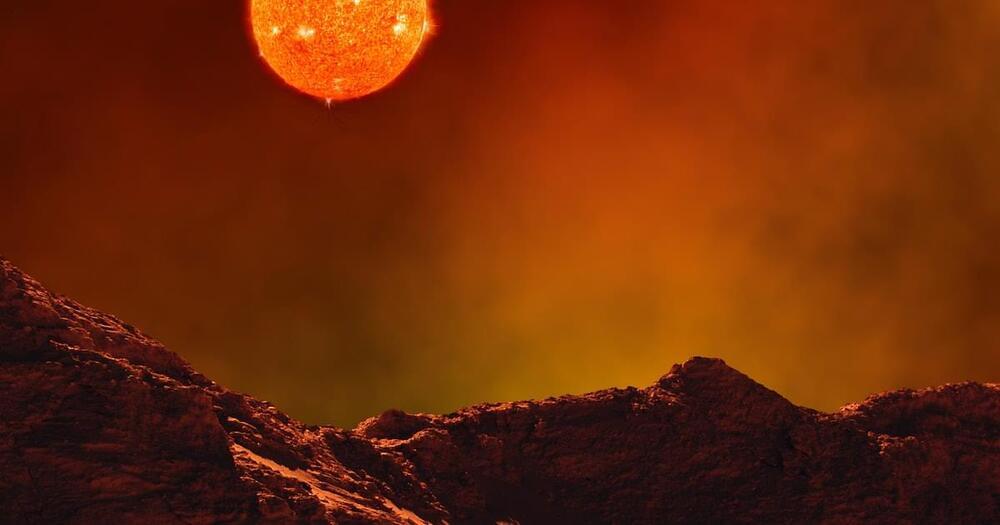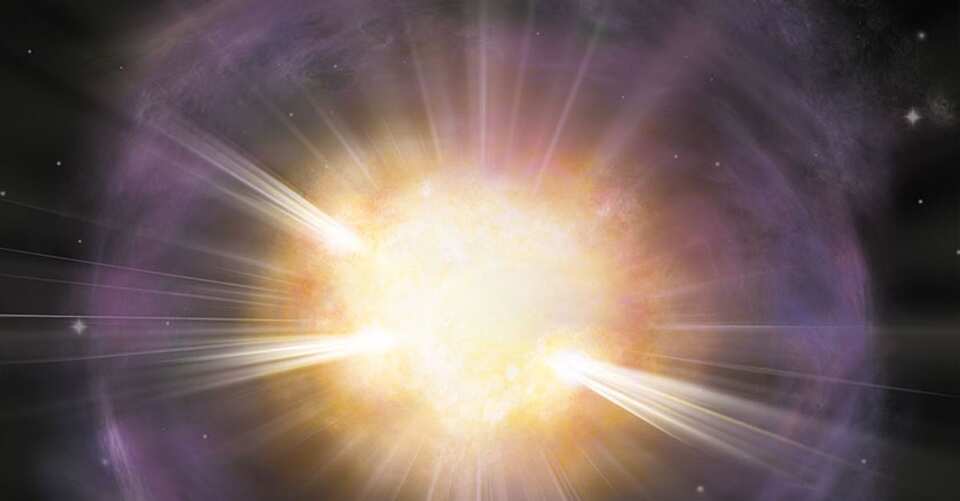Oct 24, 2022
Scientists Have Captured the First-Ever “Image” of Dark Matter
Posted by Shubham Ghosh Roy in category: cosmology
Researchers at the University of Waterloo in Waterloo, Ontario say they’ve captured the first composite image of something that – although astronomers have talked about it for decades – has been hitherto unseen, and in fact undetected. They say it’s an image of dark matter, a connection point in the great cosmic web in which our universe’s billions of galaxies are thought to be embedded. The Royal Astronomical Society, which published the new work in its peer-reviewed Monthly Notices, said in a statement:
